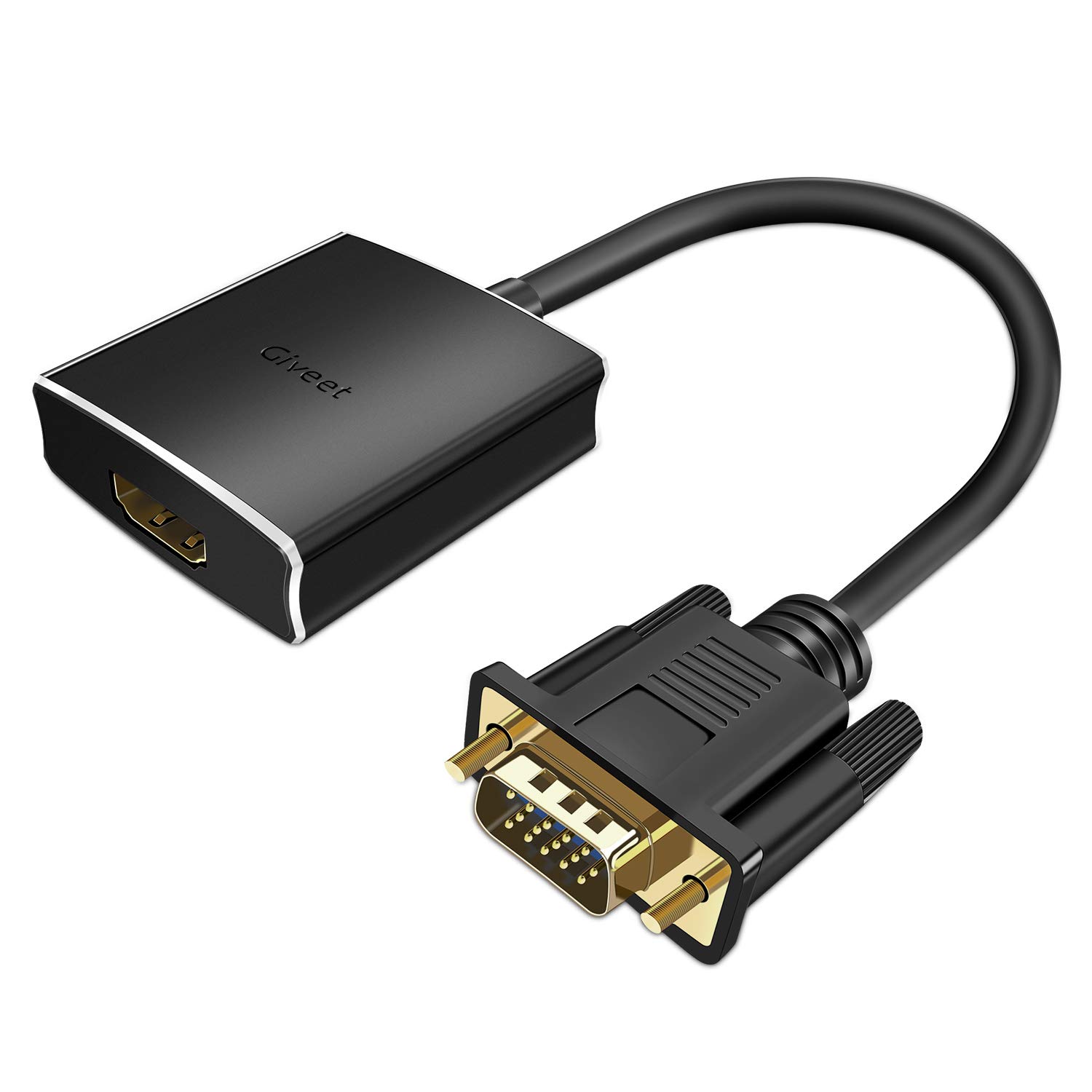Having trouble with a blinking cursor stuck at a black screen on Android x86? Let’s dive into possible solutions.
Investigate Boot Sequence
If you’re experiencing a blinking cursor stuck at a black screen during the boot sequence of Android x86, there are a few troubleshooting steps you can try.
First, make sure that your USB flash drive or boot disk is properly connected and inserted into your computer. Check that your computer’s BIOS or UEFI settings are configured to boot from the USB or boot disk before the hard disk drive.
If the issue persists, you can try using a different USB port or a different USB flash drive. UNetbootin is a popular tool for creating bootable USB drives, so you may want to give that a try.
If you’re using a laptop, try connecting an external keyboard and see if the issue still occurs. Sometimes, certain laptop keyboards can cause compatibility issues during the boot sequence.
Another thing you can try is to download a different version of Android-x86 from a mirror site or a different source. Different versions may have different compatibility with your specific hardware.
If none of these steps work, it may be worth considering installing Android-x86 on a virtual machine instead. This way, you can still experience Android on your computer without going through the boot sequence.
Explore Software Compatibility
- Check system requirements: Ensure that your device meets the minimum specifications for running Android x86.
- Verify hardware compatibility: Make sure all the hardware components of your device are compatible with Android x86.
- Update BIOS/UEFI: Ensure that your device’s BIOS/UEFI firmware is up to date to avoid compatibility issues.
- Disable secure boot: If your device has secure boot enabled, disable it as it may interfere with Android x86 installation.
- Choose the correct Android x86 version: Select the appropriate version for your device, such as 32-bit or 64-bit.
- Download the latest Android x86 ISO: Obtain the most recent version of Android x86 from the official website or a trusted source.
- Create a bootable USB or DVD: Use a tool like Rufus or UNetbootin to create a bootable USB or burn the ISO to a DVD.
- Access BIOS/UEFI settings: Restart your device and enter the BIOS/UEFI settings to change the boot order and prioritize the USB/DVD drive.
- Install Android x86: Follow the installation process, selecting the appropriate options and partitions for your device.
- Fixing the blinking cursor issue: Troubleshoot the black screen with blinking cursor problem by trying different solutions.
- Verify software compatibility: Check if any software or drivers installed on your device are causing conflicts with Android x86.
- Contact support or seek help: If all else fails, reach out to the Android x86 community or contact the developers for assistance.
Check Hardware Connections
- Verify that all cables and connectors are securely plugged in.
- Check if the monitor is properly connected to the computer.
- Ensure that the power cables are firmly connected to both the computer and the monitor.
- Confirm that the HDMI, VGA, or DVI cable is properly connected to the appropriate ports.

- Double-check that the display cable is not damaged or frayed.
- Make sure that the computer is powered on and not in sleep or hibernation mode.
- Try connecting the monitor to a different port or using a different cable.
- Test the monitor on another computer to determine if the issue is with the monitor or the computer.
- Inspect the graphics card to see if it is seated correctly in the motherboard.
- Restart the computer and see if the blinking cursor issue persists.

